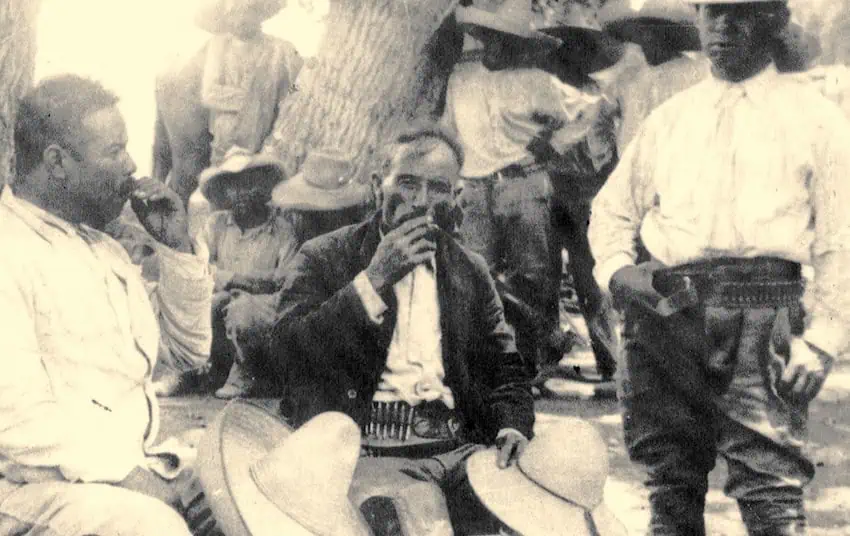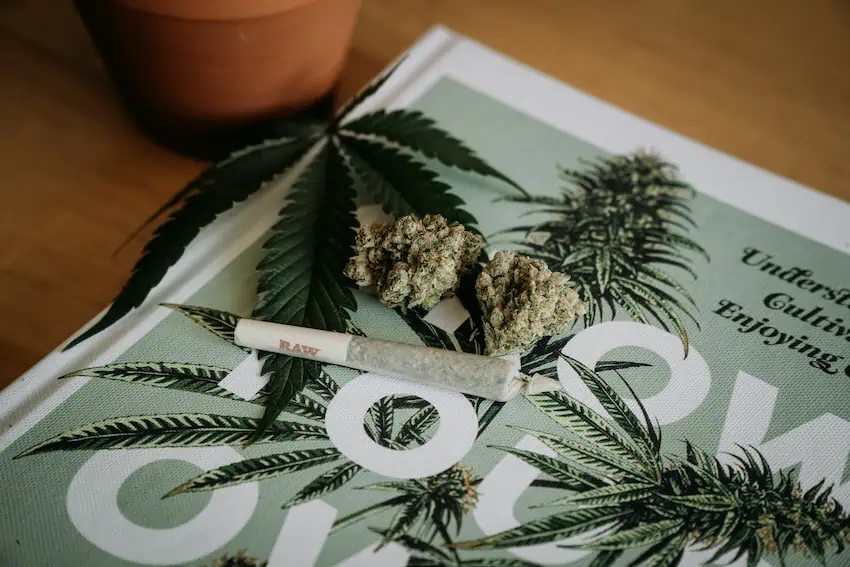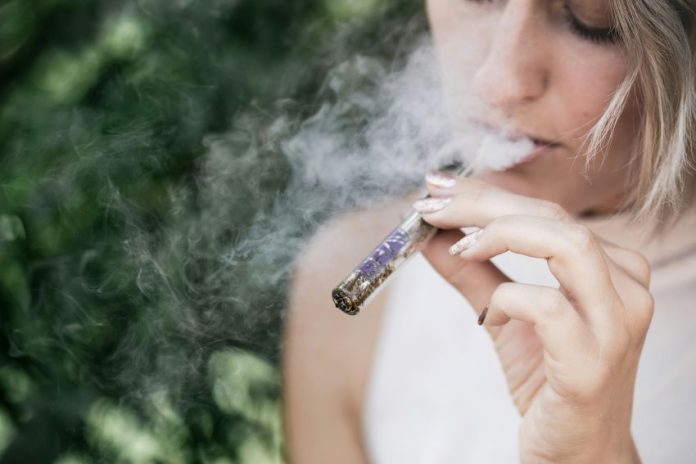4/20 is near, and people in Mexico want to know where we are on the legal status of cannabis. Mexico’s relationship with cannabis has been a long and complicated one. While hemp, a variety of cannabis with low psychoactive properties, has been used for textiles and rope for centuries, the psychoactive cannabis, marijuana, has had a more turbulent journey. Decriminalized in small quantities in 2009, the plant took a historic leap in 2021 with Supreme Court rulings legalizing recreational and medicinal use. However, the legal landscape of cannabis in Mexico is still under construction.
The Past:
Cannabis in Mexico has some interesting periods of cultivation, medicinal use, and even prohibition.

Introduction (16th Century): The Spanish brought cannabis to Mexico, primarily for its industrial use as hemp for making rope and textiles.
Uses (19th Century): After Mexico gained independence, hemp cultivation declined. By the late 19th century, recreational cannabis use, known as “marihuana” in Mexico, became more prevalent.
Prohibition (20th Century): Concerns about violence and social disorder led to a ban on cannabis use in military hospitals in 1882. Fueled by negative media portrayal and international drug control trends, Mexico fully prohibited cannabis production, sale, and recreational use in 1920. This ban continues today.
The Present:
In the corridors of Mexico’s Congress, marijuana regulation hangs in limbo. Since the LXIV Legislature commenced its term in September 2018, 13 initiatives aiming to regulate recreational marijuana use and its derivatives have been introduced. However, 12 of these initiatives remain among the labyrinthine committees of the Chamber of Deputies and the Senate, leaving the nation in a state of legislative inertia.

Among prominent proposals lies the initiative championed by former Morena senator Gerardo Novelo Osuna, a stalwart figure in the marijuana legalization discourse. Introduced in October 2019, Novelo Osuna’s initiative advocates for creating the General Law for the Regulation, Control, and Use of Cannabis and its derivatives. This bill endeavors to reform various articles within the General Health Law, the Federal Criminal Code, and the Law of the Special Tax on Production and Services.
At its core, Novelo Osuna’s proposal seeks to delineate the identification of cannabinoids, decriminalize possession for personal consumption (set at 28 grams), and establish a regulatory framework governing the cultivation, production, sale, and consumption of cannabis. Moreover, it addresses taxation intricacies, with proposed modifications to the Law of Special Tax on Production and Services targeting products containing tetrahydrocannabinol (THC) within specified thresholds.
Echoing the chorus for reform, Senator Clemente Castañeda of Movimiento Ciudadano (MC) presented an initiative in September 2018, advocating for amnesty for individuals incarcerated due to cannabis-related offenses. This proposal underscores the societal repercussions of punitive measures stemming from cannabis prohibition, signaling a call for compassion and rectification within the justice system.
Further diversifying the legislative landscape is the initiative by PAN Deputy Éctor Ramírez, currently under review in the Health Commission of San Lázaro. Ramírez’s proposal aims to regulate the utilization of non-psychoactive cannabis within cosmetic products. By delineating thresholds for psychoactive substances and facilitating the manufacture, importation, and commercialization of hemp-infused cosmetics, the bill seeks to harness the economic potential of cannabis derivatives while ensuring consumer safety.

The Supreme Court’s 2021 decision legalized recreational use with a caveat – permits are still required. However, the process for obtaining these permits hasn’t been established by the health regulatory agency COFEPRIS, leaving recreational users in legal limbo. Technically, possessing up to 28 grams and growing up to six plants at home is legal for adults over 18, but lacking a formal framework creates uncertainty. It is legal to possess but not to buy, so the legal framework is needed.
The legislative impasse persists, casting a shadow over Mexico’s aspirations to align with global trends in marijuana regulation. Despite efforts to emulate the successes of Uruguay, Chile, and Canada in legalizing recreational marijuana, substantive debates surrounding penalties for possession and consumption linger, reflecting the delicate balance between public health concerns and individual liberties.
Also, foreigners should be cautious – while possessing small amounts may be decriminalized for residents, tourists could face stricter consequences.
The Future:
Mexico’s cannabis legalization is a landmark decision, but the road to a fully functioning legal market is still complicated. The Mexican Congress must draft and pass regulations establishing a system for licensing producers, retailers, and distributors. This will likely take time, with potential revisions based on experiences in other countries.
The MMGY Travel Intelligence survey – called the Cannabis Tourism: Opportunities, Issues and Strategies report – found that 29% of all active leisure travelers, and 18% of all Americans, are interested in cannabis-related activities on vacation. If the recreational market in Mexico were regulated today, it would reach a value of US $230 million in 2024.
Legislation on cannabis is important because it will prevent large interests from taking advantage of the market, train small and medium-sized companies, and provide education to prevent addictions, issues on which his organization is working.
Camila Sánchez Bolaño is a journalist, feminist, bookseller, lecturer, and cultural promoter and is Editor in Chief of Newsweek en Español magazine.
